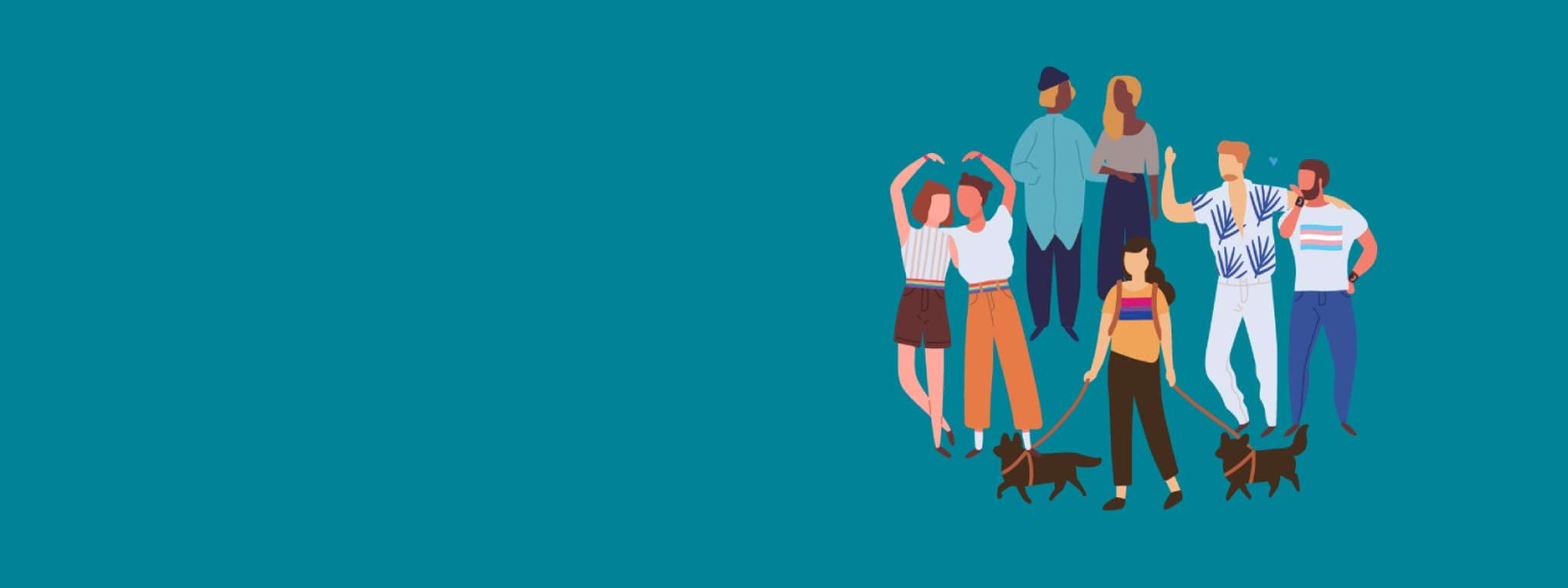Feedback highlighted the need to better understand intersectionality and the overlapping forms of discrimination that many LGBTIQA+ people face. Discrimination takes several forms such as subtle stereotyping, lack of protections within the law and obvious harassment and violence. Many LGBTIQA+ people also experience forms of prejudice like racism, ableism and classism. This is on top of and combined with prejudice based on their gender, sexuality or sex characteristics.
Recognising intersectionality is vital to ensuring LGBTIQA+ communities can celebrate diversity and contribute to improving all LGBTIQA+ lives. Building on existing Victorian Government approaches will be critical. This includes recent work that takes an intersectional approach to family violence, gender equality and mental health services. By connecting services and embedding inclusion in our work, we can ensure better experiences that recognise a person’s diverse identities.
‘My diverse identities are a barrier to employment. I have to separate out my disability from being LGBTIQA+. You have to put your cards out on the table before you even begin. It’s really difficult.’
Workshop participant, disability consultation
Updated

